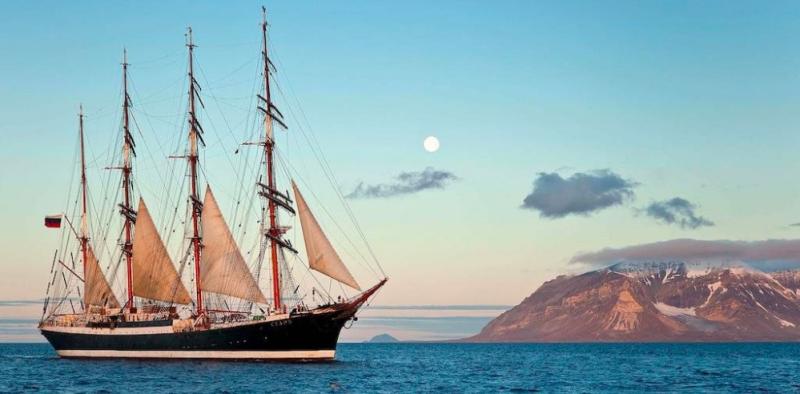 In late August, we posted about how the 99-year-old four-masted steel bark Sedov set off to transit the Arctic by the Northern Sea Route to reach her home port of Kaliningrad. She has now almost completed the voyage, passing the southern tip of archipelago Novaya Zemlya and is expected in Murmansk in the course of the week.
In late August, we posted about how the 99-year-old four-masted steel bark Sedov set off to transit the Arctic by the Northern Sea Route to reach her home port of Kaliningrad. She has now almost completed the voyage, passing the southern tip of archipelago Novaya Zemlya and is expected in Murmansk in the course of the week.
Remarkably, the passage was almost entirely ice-free. “We expected that we at least would have encountered some finely-crushed ice in the Vilkitsky Strait and the Longa Strait,” ship captain Novikov told newspaper Neft.

 The
The  Whale-watchers aboard the Atlantic Monterey witnessed an amazing show on Sunday when three humpback whales performed an extremely rare triple breach in Monterey Bay, CA. And it was caught on video (see after the page break.)
Whale-watchers aboard the Atlantic Monterey witnessed an amazing show on Sunday when three humpback whales performed an extremely rare triple breach in Monterey Bay, CA. And it was caught on video (see after the page break.)
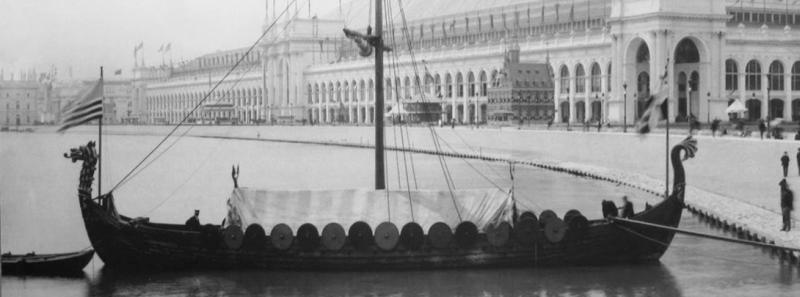 Happy Columbus Day, or Indigenous People’s Day, if you prefer. And if you are in Canada, Happy Thanksgiving! Here is an updated repost of when a Viking longship arrived at the
Happy Columbus Day, or Indigenous People’s Day, if you prefer. And if you are in Canada, Happy Thanksgiving! Here is an updated repost of when a Viking longship arrived at the 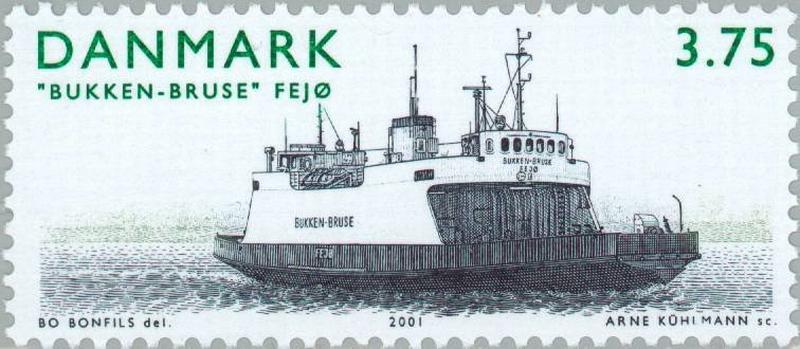 Built almost 60 years ago, the 126′ long ferry
Built almost 60 years ago, the 126′ long ferry  Bones left on land can survive for a very long time. The fossil bones of dinosaurs on display in museums around the world are testaments to their durability. Underwater, however, the situation can be very different. Weird and oddly wonderful so-called
Bones left on land can survive for a very long time. The fossil bones of dinosaurs on display in museums around the world are testaments to their durability. Underwater, however, the situation can be very different. Weird and oddly wonderful so-called  If anyone doubts that the coronavirus pandemic is having a negative impact on the national defense of the United States, one need only look at the expanding Covid-19 hotspot in the White House itself. A recent
If anyone doubts that the coronavirus pandemic is having a negative impact on the national defense of the United States, one need only look at the expanding Covid-19 hotspot in the White House itself. A recent 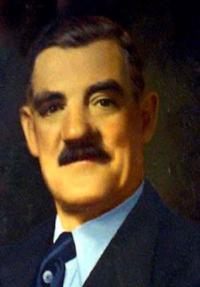
 Like so many other organizations, the
Like so many other organizations, the 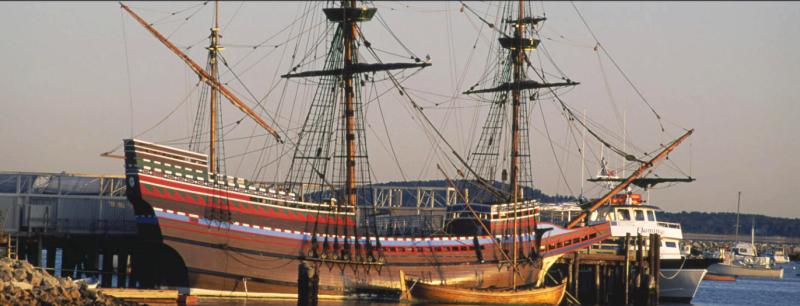 On the upcoming 400th anniversary of the arrival of the Pilgrims on the Mayflower, the ongoing pandemic has seriously disrupted plans for the commemoration. The replica ship
On the upcoming 400th anniversary of the arrival of the Pilgrims on the Mayflower, the ongoing pandemic has seriously disrupted plans for the commemoration. The replica ship 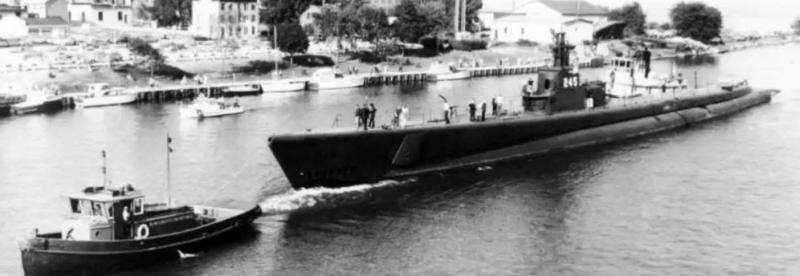
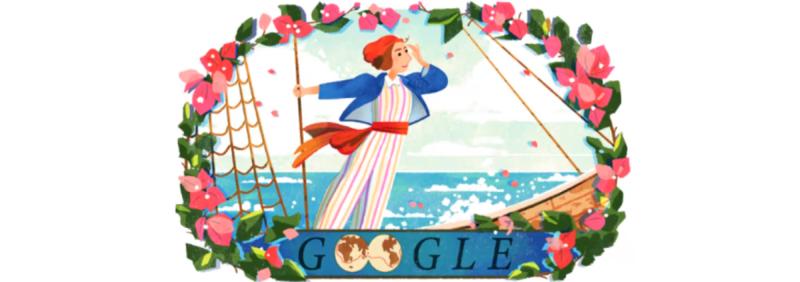
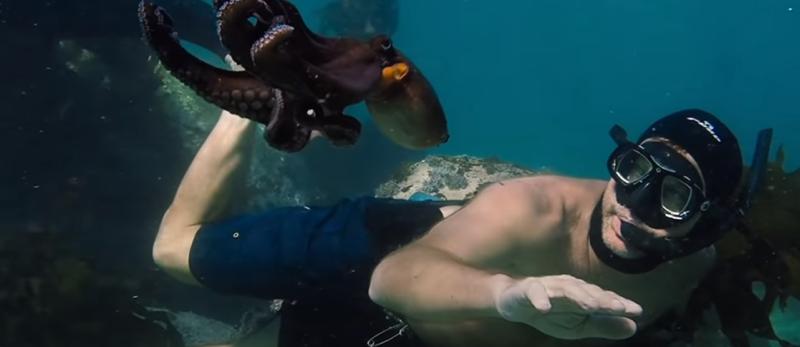 Octopuses are often referred to as being akin to
Octopuses are often referred to as being akin to 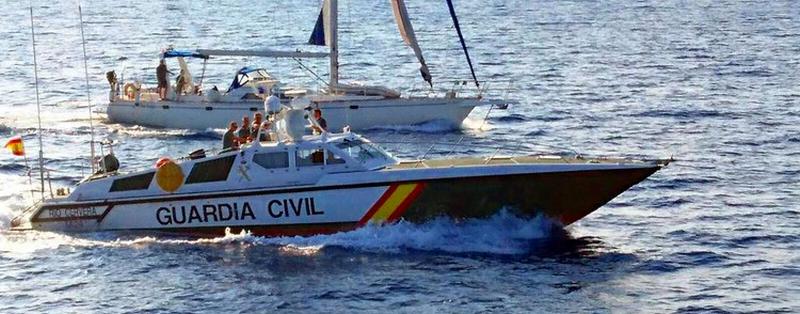
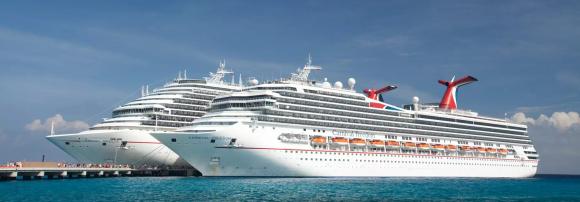 The cruise ship industry effectively shut down in the middle of last March due to outbreaks of the coronavirus on several ships. The Center for Disease Control (C.D.C.) has issued a series of “
The cruise ship industry effectively shut down in the middle of last March due to outbreaks of the coronavirus on several ships. The Center for Disease Control (C.D.C.) has issued a series of “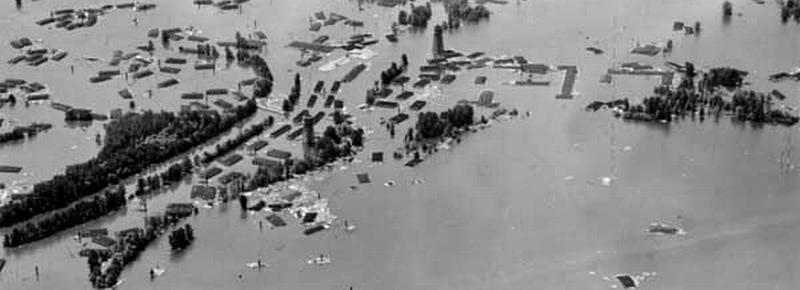
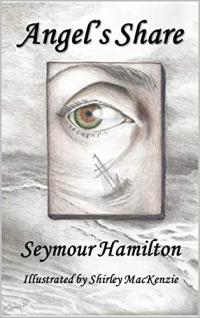 The second of two wonderful books recently released by
The second of two wonderful books recently released by 
 Here are two short videos that provide a glimpse at the revolution in cargo shipping in the UK (and the world) over the last half-century. The first video, “
Here are two short videos that provide a glimpse at the revolution in cargo shipping in the UK (and the world) over the last half-century. The first video, “